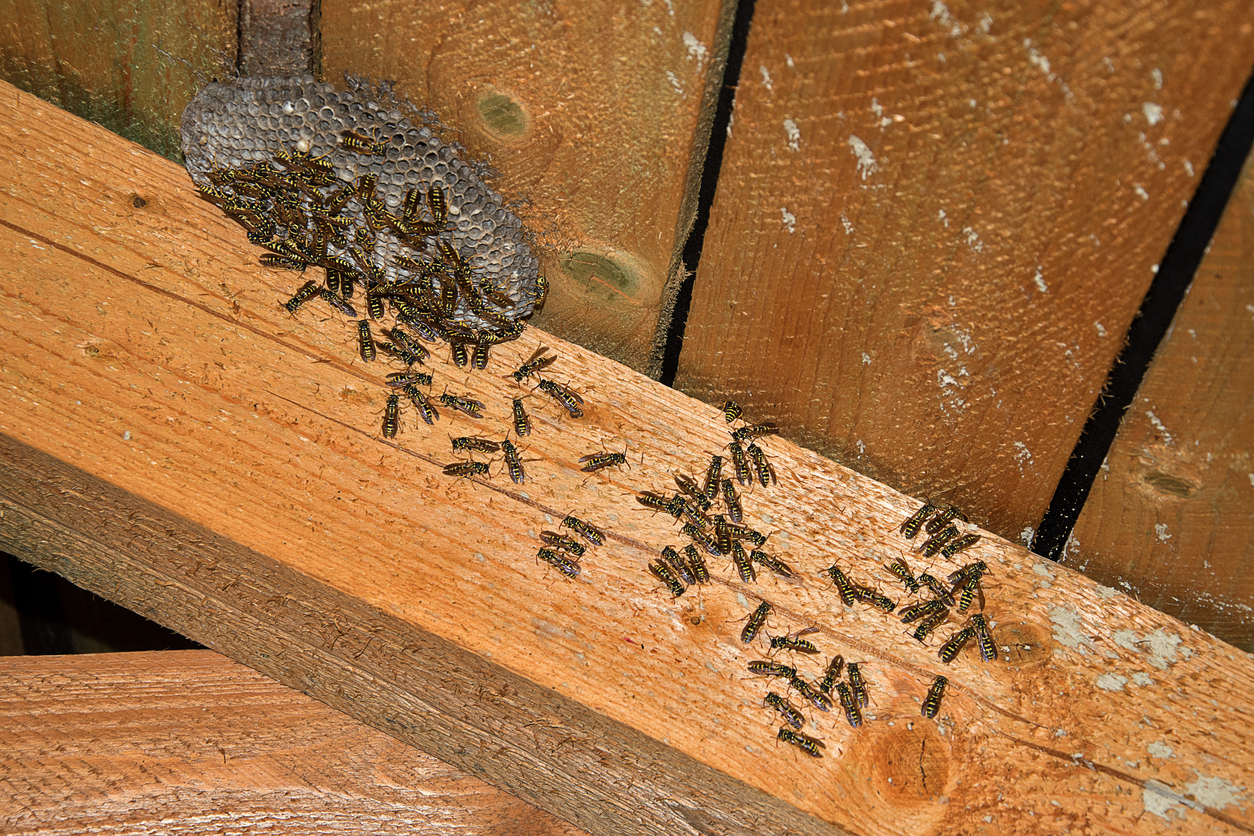Need Wildlife Removal ASAP?
Give us a call for 24/7 Emergency Wildlife Control & Removal in Dallas/Fort Worth.
(817) 606-7607Contact UsContact UsNorth Texas is home to a variety of wildlife, many of which seek shelter in residential attics. Knowing the signs of wildlife activity is crucial for early detection and prevention. Here’s a guide to help you identify whether animals like raccoons, squirrels, rats, or bats have taken up residence in your attic.
1. Unusual Noises
One of the earliest and most noticeable signs of wildlife in your attic is strange noises. Depending on the type of animal, these sounds can vary:
- Scratching and Scrabbling: This is often a sign of rodents like rats and mice, which tend to scurry along walls or burrow into insulation.
- Thumping or Heavy Footsteps: Larger animals like raccoons and opossums make louder, heavier noises, especially at night.
- Chirping or Squeaking: Squirrels are known for making high-pitched noises, especially during the morning or late afternoon.
- Fluttering or Rustling: Bats often make these sounds when they enter or leave your attic during dusk or dawn.
2. Droppings and Urine Stains
Animal droppings are another clear indicator of a wildlife problem. The type and size of droppings can give you a clue as to what animal is present:
- Small, pellet-like droppings typically indicate rodents.
- Larger, tubular droppings may point to raccoons or squirrels.
- In addition, urine stains or odors are common, particularly when animals have been nesting for a while.
3. Damage to Insulation or Wiring
Wildlife often gnaws on materials in your attic:
- Chewed Wiring: Rodents like rats and squirrels frequently chew on electrical wiring, which can become a fire hazard.
- Torn or Displaced Insulation: Many animals burrow into insulation to create nests, leaving behind visible damage and flattened areas.
4. Entry Points or Tracks
Check your attic and roofline for signs of entry:
- Gaps in Eaves or Roof Vents: Wildlife often enters through loose vents, damaged soffits, or holes near the roofline.
- Grease Marks or Hair: Raccoons and rodents can leave greasy marks or tufts of fur along frequently used entry points.
- Footprints: Look for animal tracks in dusty areas of your attic. Squirrel prints usually show four toes in the front and five in the back, while raccoons have more pronounced tracks resembling handprints.
5. Nests or Bedding
Animals often create nests using insulation, leaves, twigs, or other materials found in your attic:
- Rodents and Squirrels: Look for compact nests made of shredded insulation, paper, or fabric.
- Raccoons: These larger animals may create more elaborate bedding areas that resemble dens, often in a corner or secluded spot.
6. Strong, Unpleasant Odors
The smell of animal waste, decaying food, or even dead animals can indicate a wildlife problem. If your attic has a persistent, foul odor, it’s important to investigate further, as it may be a sign of long-term nesting or a trapped animal.
7. Visual Sightings
Lastly, occasionally you may spot the animals themselves entering or exiting your attic, especially around dusk or dawn. Bats, for instance, are commonly seen flying out at sunset. Additionally, you might notice animals like squirrels actively climbing onto your roof.
If you notice any of these signs in your North Texas home, it’s time to act. Ignoring a wildlife issue can lead to significant property damage, health risks, and higher costs down the line. Contacting a professional wildlife control service ensures safe and humane removal, while also preventing future infestations. Early detection is key, so stay vigilant and regularly inspect your attic for these common indicators.
Are you in need of wildlife removal? Our friendly operators at Dallas Fort Worth Wildlife Control are available now at (817) 606-7607. Find out more about our wildlife removal in Arlington and Fort Worth, TX.


